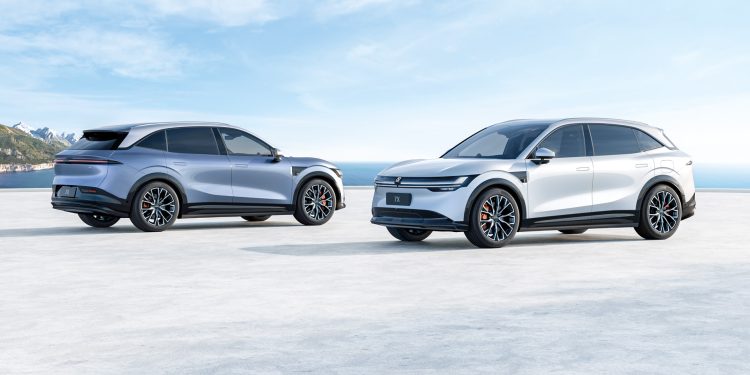Zeekr 7X – Quick charge, big space, decent price
Words: Richard Edwards | Photos: Zeekr
The Zeekr 7X has just made its Australian debut, and if the local distributor’s plans line up we’ll be seeing it in New Zealand before the end of the year. Richard Edwards went to the Sydney launch to see the car up close — and left thinking this could be one of the most complete premium EVs in its class.
Zeekr is Geely’s tech-driven luxury brand, sitting alongside Volvo, Polestar, and Lotus in the Chinese giant’s portfolio. It’s only been selling cars since 2021 but has already shifted more than half a million globally. The 7X is built on the group’s SEA platform — an 800v architecture designed for high-performance EVs with ultra-fast charging and it is scalable across multiple segments.

Scandinavian lines, Chinese muscle
The 7X was styled in Gothenburg, Sweden, and it shows. It’s clean, modern and well proportioned, with short overhangs that give it a taut, planted look. At 4787mm long and 1650mm tall on a 2900mm wheelbase, it’s in the same size bracket as a Tesla Model Y or BYD Sea Lion 7, but with a bit more visual drama. There’s a full-width LED light bar up front (in some markets this becomes a programmable “Stargate” display, though not in Australia or likely NZ), active grille shutters for aerodynamics, and a neatly raked tailgate that still hides 539 litres of boot space. RWD models add up to 62 litres of frunk space or 44 in the all-wheel drive. Wheels range from 19 to 21 inches, filling the arches nicely.
The paint and panel finish on the launch cars was excellent, and panel gaps were tight. That’s something Chinese-built cars have improved on dramatically in recent years. A lot of that comes down to Zeekr’s newer, highly automated factories, which I’ve seen first-hand in Ningbo.
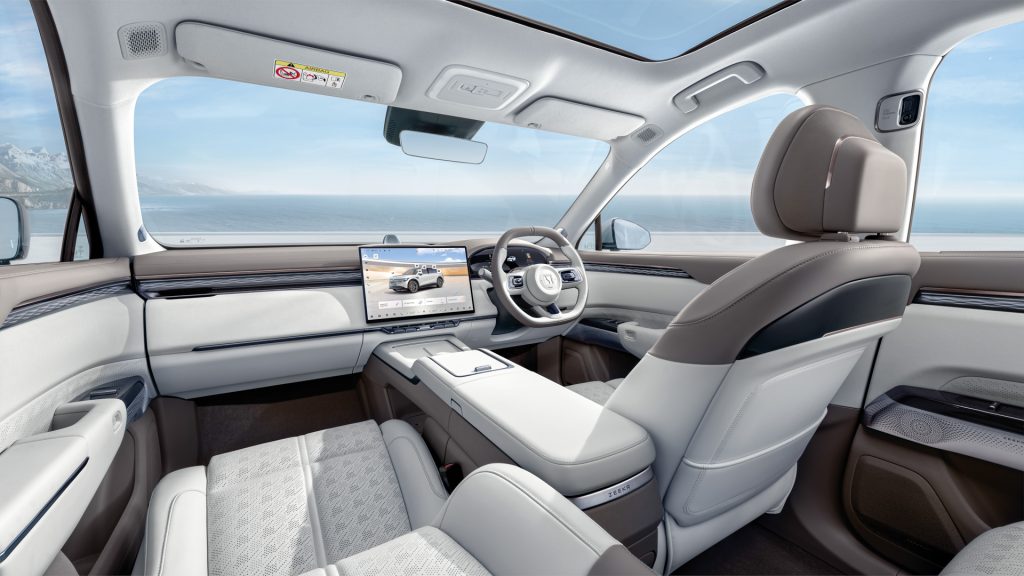
A cabin with room to breathe
Step inside and it feels more like a luxury SUV than its price-range brethren. Even the entry-spec version gets soft-touch trim, a broad centre console and a clean dash layout. The main screen is a 16-inch Mini-LED unit running Qualcomm’s Snapdragon 8295 chip — quick, sharp, and packed with features. There’s a crazy 36.2-inch augmented reality head-up display, Taycan-style digital dials and actual buttons on the steering wheel instead of haptic pads.
The fit and finish here are genuinely impressive. Panel fit inside the cabin, the feel of the switchgear, even the damping on storage lids all speak to a brand aiming well above the mainstream.
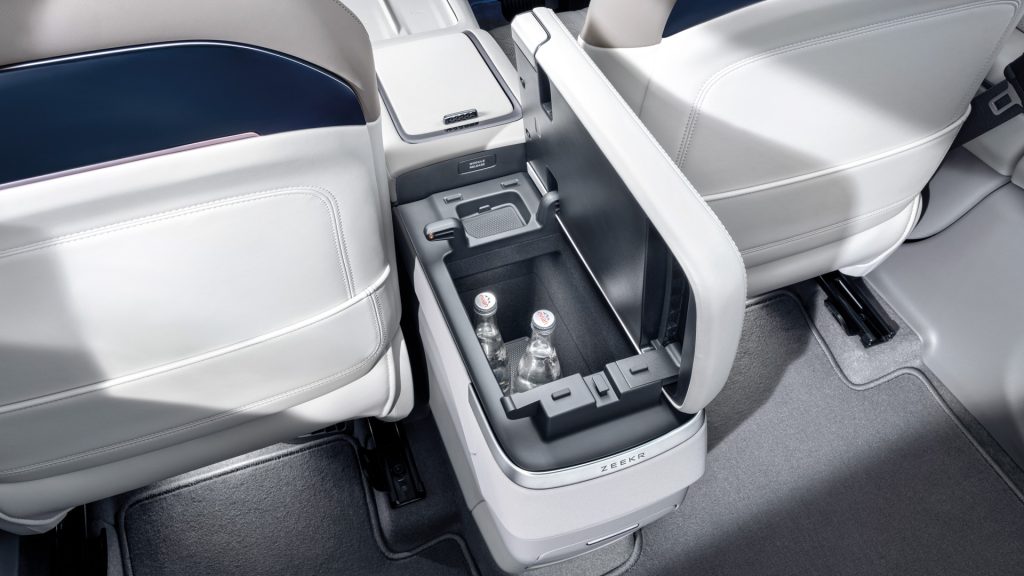
Three ways to power it
In the back, the space is impressive. Three adults can sit across comfortably, and the seats recline electrically. There are storage drawers under the rear seats, USB-A and USB-C ports, climate vents, and even a camera to keep an eye on the kids. The wide, flat floor and generous headroom mean this is one of the few EVs in this segment that can actually live up to its family-friendly promise without squeezing the middle passenger.
Higher trims add heated and ventilated seats, front massage chairs, and electric-opening doors. A 21-speaker audio system with a boot-mounted subwoofer is also available, and the Performance model I sat in had a full-length glass roof with an electric blind — letting in light when you want it and blocking it out when you don’t. Take note Tesla.
The Australian line-up — and likely ours — starts with a rear-wheel drive Standard Range model. It runs a single 310kW motor and a 75kWh LFP “Golden Battery” for an estimated 480km WLTP range. The Long Range keeps the same motor but swaps in a 100kWh NMC battery, stretching to about 615km. At the top is the AWD Performance with dual motors, 475kW, 710Nm, and a 0–100km/h claim of 3.8 seconds.
I had a very short drive in the Performance in China earlier this year. Even with limited space, the acceleration was brutal, pinning me into the seat. It was impossible to judge much else, but colleagues at Inside China Auto have driven the Chinese model and came away impressed by the adaptive suspension’s blend of comfort and control, though they noted the steering feels a bit light for Western tastes.
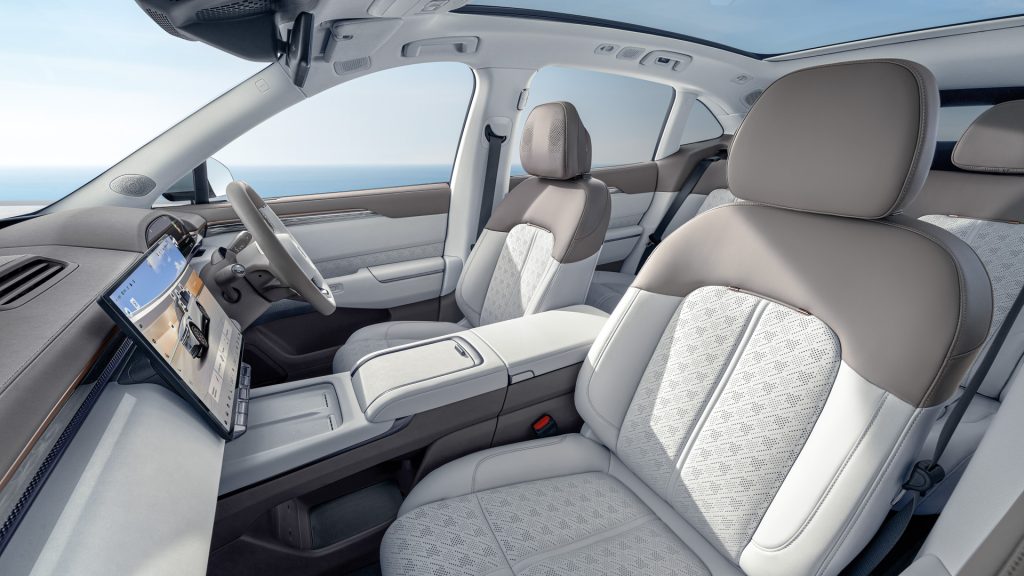
Charging: super quick… mostly
Zeekr claims the Standard Range can go from 10 to 80 percent in just 13 minutes on a 360kW charger, while the bigger-battery models take 16 minutes. Onboard AC charging is equally strong at 22kW, meaning a full top-up at home can be done in under six hours.
There is one caveat. On lower-voltage 400V chargers, the 7X has to step up the voltage internally, and that process is limited to 100 amps. The result is a cap of around 70kW — still usable, but well short of the headline numbers. On the increasingly common high-voltage chargers, though, it will deliver the full fireworks.
Honestly, on the right DC charger you’d barely have time to grab a coffee before you’re back on the road. That level of convenience changes how you think about trip planning — it’s no longer “where will I charge” but “do I even have time to drink this flat white?”
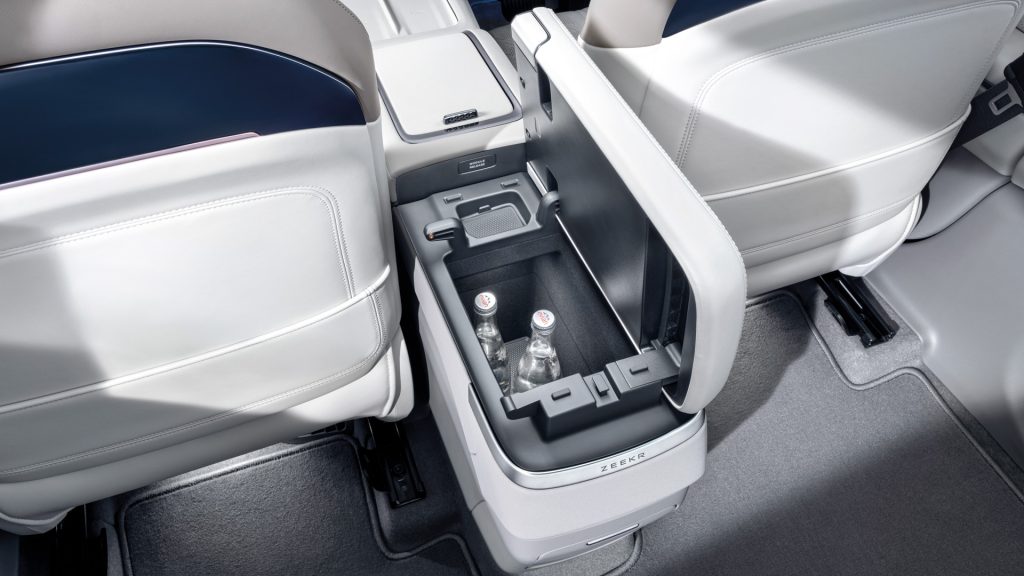
Premium pitch
Zeekr positions itself above Geely’s mainstream brands, and a visit to the factory earlier this year showed the scale of that ambition: high automation, in-house battery manufacturing, and over-the-air software updates built in from day one. The 7X is also the first export model to carry the company’s new Golden Battery — a tech showcase in itself.
What it means for NZ
In Australia, pricing starts at $57,900 AUD for the Std Range and extends to $72,900 for the Performance AWD. Direct conversion lands them between roughly $62,500 and $78,700 NZD before ORCs. Local distribution isn’t confirmed, but the Giltrap Group is the logical candidate.
If they can land the Std Range under $70,000, it would sit right on top of the Tesla Model Y RWD and BYD Sea Lion 7 Extended Range. On paper, the Zeekr has them covered for interior space, cabin quality, and charging speed. The Model Y might edge it in steering feel, and the Sea Lion may be close on features, but neither offers this combination of fast charging, big range, and genuinely premium fit-out.
We’ll find out soon enough. The 7X is expected here before year end, and I’m looking forward to driving it somewhere more apt than a Chinese carpark.
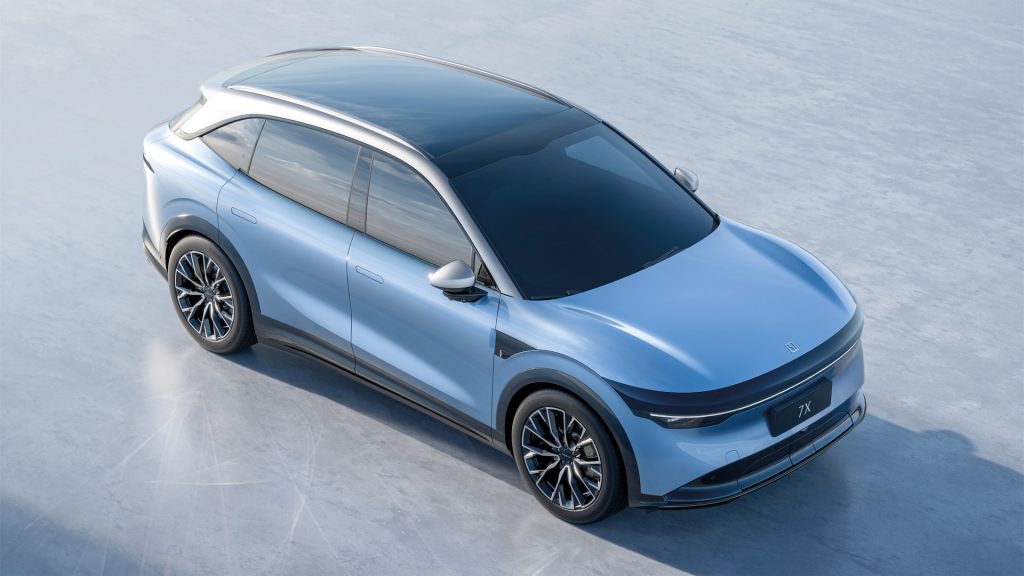
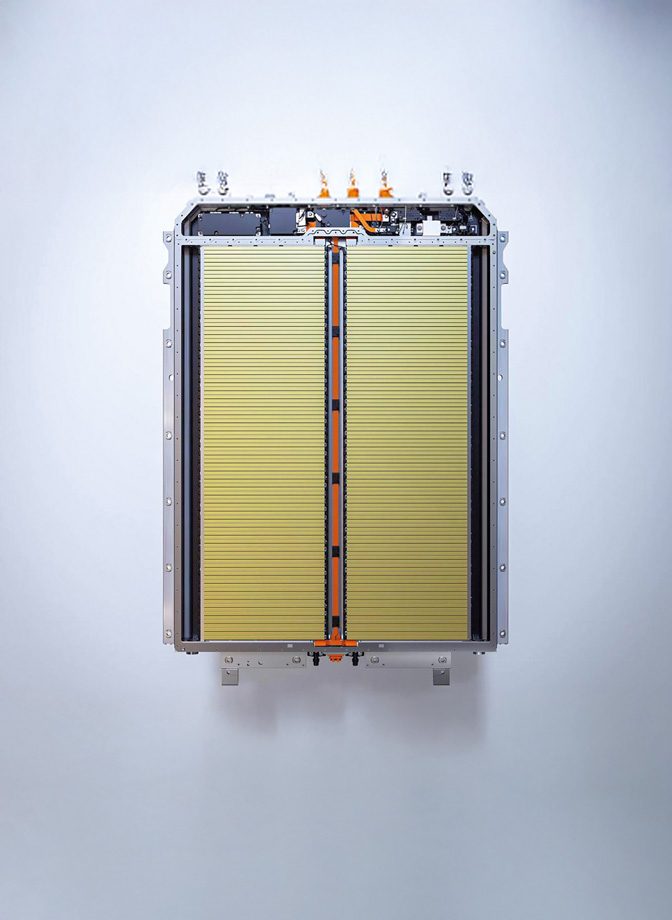
The Golden Battery
The Golden Battery is Zeekr’s own lithium-iron-phosphate (LFP) pack, designed for both extreme safety and blistering charging speeds. It’s a 75kWh unit using a “cell-to-pack” layout that squeezes more usable volume out of the same footprint; 83.7 percent compared with the industry’s typical mid-60s for LFP.
It’s built for an 800-volt system and can sustain a 5.5C charging rate, meaning it can be filled at more than five times its capacity per hour. In the real world, that translates to about 10 minutes from 10 to 80 percent on a suitably powerful charger. Zeekr’s own testing, some of it very public, has shown the pack surviving crush tests, punctures, and prolonged exposure to fire without going into thermal runaway.
LFP chemistry means it’s less energy-dense than an NMC pack, but it’s cheaper to build, more tolerant of repeated fast-charging, and less prone to degradation. In the 7X, it’s paired with an eight-year/200,000km warranty. For most buyers, that’s a long enough guarantee to take the worry out of battery health entirely.


